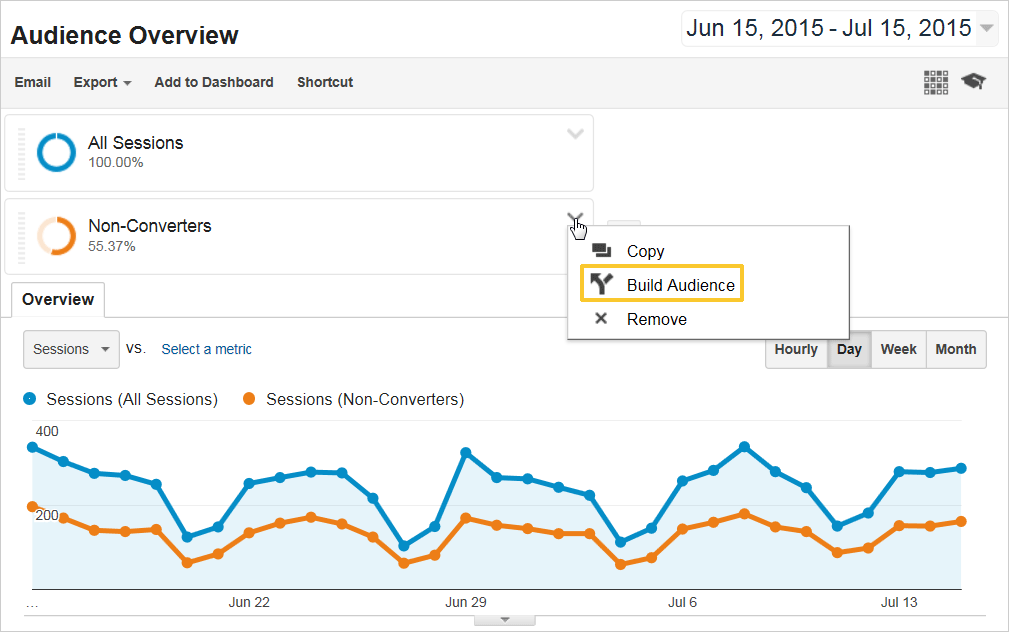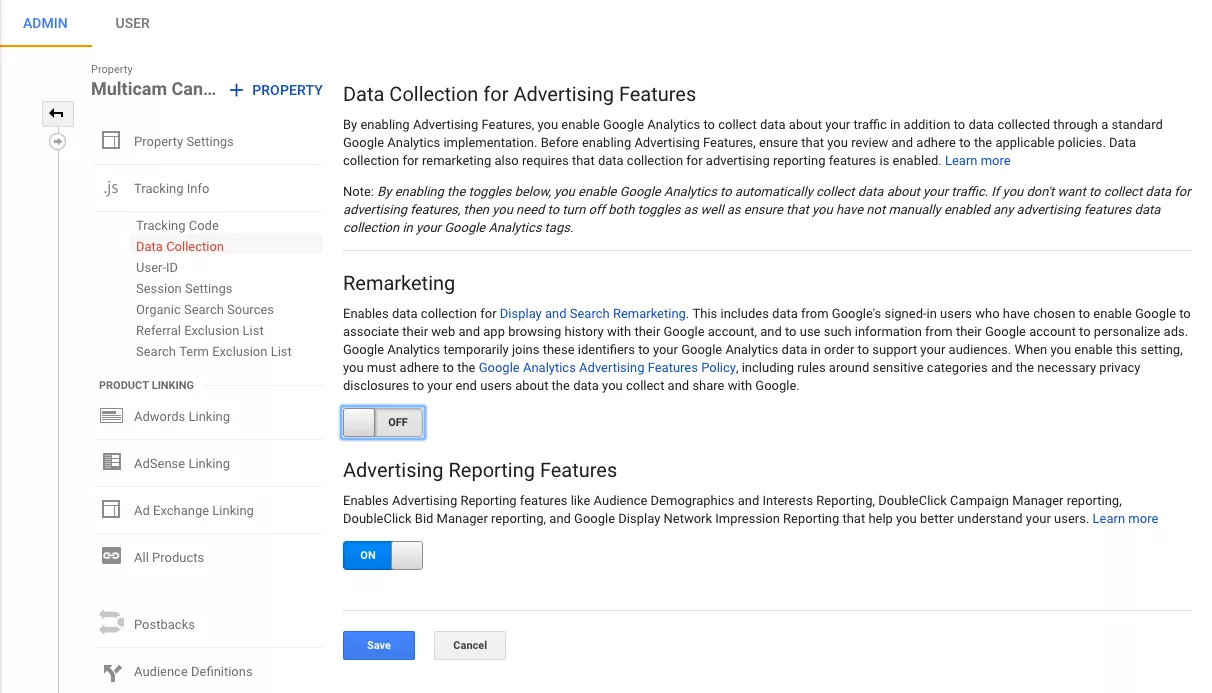Taking Advantage Of Remarketing in Google Analytics: A Comprehensive Guide
Using remarketing in Google Analytics uses services a calculated side in getting to out to prospective consumers. The capacity to target individuals who have actually currently connected with your website presents a special chance for tailored advertising initiatives. By recognizing exactly how to craft audience checklists and deploy them properly, companies can dramatically improve their conversion rates. Nonetheless, the ins and outs of setting up and enhancing remarketing campaigns require a thorough understanding of target market division and efficiency evaluation. This overview will drop light on the vital steps included in taking advantage of the full potential of remarketing in Google Analytics, bring about improved advertising results.
Recognizing Remarketing in Google Analytics
Remarketing in Google Analytics enables businesses to strategically target individuals who have previously engaged with their web site or mobile application. By leveraging information from Google Analytics, companies can create customized remarketing lists based upon individual actions, such as web pages visited, actions taken, or specific objectives attained. This effective device allows services to re-engage with individuals who have actually shown interest in their service or products, ultimately increasing the chance of conversion.
Comprehending the different kinds of remarketing approaches is important for an effective campaign - What Is “Remarketing” In Google Analytics?. Google Analytics supplies numerous options, consisting of basic remarketing, dynamic remarketing, and remarketing lists for search ads (RLSA) Each type serves a special function and can be tailored to meet specific advertising objectives
In addition, evaluating the efficiency of remarketing projects is crucial for maximizing results. Google Analytics gives important understandings into the effectiveness of different remarketing techniques, allowing organizations to make data-driven decisions and improve their targeting approach. By continuously monitoring and changing remarketing efforts based on analytics data, companies can optimize ROI and drive success in their marketing campaigns.
Establishing Up Remarketing Projects

After establishing audience checklists, the following step is to link Google Analytics with Google Ads. By connecting these two systems, organizations can seamlessly move audience checklists from Google Analytics to Google Ads for remarketing objectives. This integration permits even more exact targeting and far better campaign efficiency.
When the accounts are connected, click to read more businesses can produce remarketing projects in Google Advertisements using the audience provides formerly defined in Google Analytics. These campaigns can be personalized with particular ad creatives, messaging, and bidding approaches to successfully re-engage with past site visitors and drive conversions. By complying with these steps, services can utilize the power of remarketing to enhance their marketing initiatives and increase ROI.
Making Use Of Audience Division Strategies

Predefined segments in Google Analytics enable you to swiftly assess common audience classifications fresh users, returning users, or individuals that finished a details goal on your site. Custom-made sectors, on the various other hand, allow you to develop distinct sections based upon certain criteria that are essential to your service goals. Dynamic remarketing listings immediately readjust based upon customer habits, revealing tailored advertisements to customers that have actually engaged with your website specifically means.
Studying Remarketing Efficiency Metrics
Upon assessing the performance of remarketing projects in Google Analytics, the analysis of crucial performance metrics offers beneficial insights right into audience involvement and conversion prices. By delving into metrics such as click-through browse around here prices (CTR), conversion rates, expense per acquisition (CPA), and return on advertisement spend (ROAS), marketing professionals can gauge the success of their remarketing initiatives. Analyzing these metrics makes it possible for marketers to enhance projects, refine audience targeting, and allot budgets successfully to boost overall remarketing performance.
Maximizing Remarketing Strategies
When refining remarketing techniques in Google Analytics, concentrating on target market segmentation is critical for attaining project success. By dividing your audience into certain sectors based on their habits, demographics, or rate of interests, you can customize your advertisements extra effectively to each group. This targeted technique enhances the probability of involving customers who have already revealed passion in your service or products, leading to higher conversion rates.
One more critical aspect of optimizing remarketing strategies is constantly screening and refining your projects (What Is “Remarketing” In Google Analytics?). A/B screening various advertisement creatives, messaging, or deals can help you identify what resonates best with your audience and drives one of the most conversions. By assessing the efficiency of these examinations in Google Analytics, you can make data-driven decisions to optimize your remarketing efforts further
In addition, leveraging dynamic remarketing can considerably enhance your project results. This function allows you to show tailored advertisements to individuals based upon their previous communications with your website, showcasing items or solutions they have previously viewed. By supplying customized material to individuals based on their passions and actions, dynamic remarketing can assist increase involvement and drive conversions.
Verdict
Finally, utilizing remarketing in Google Analytics is a strategic strategy to target individuals who have formerly engaged with a website. By producing personalized target market listings and utilizing audience division techniques, businesses can maximize remarketing see post advocate raised conversion rates. Assessing efficiency metrics and constantly optimizing methods are important for optimizing the effectiveness of remarketing efforts.
Google Analytics offers numerous options, including typical remarketing, dynamic remarketing, and remarketing lists for search advertisements (RLSA)After setting up target market checklists, the next action is to connect Google Analytics with Google Ads. By connecting these 2 platforms, services can seamlessly transfer target market checklists from Google Analytics to Google Ads for remarketing purposes.When the accounts are linked, services can develop remarketing campaigns in Google Ads using the audience provides previously defined in Google Analytics.When refining remarketing approaches in Google Analytics, concentrating on target market segmentation is vital for attaining campaign success.